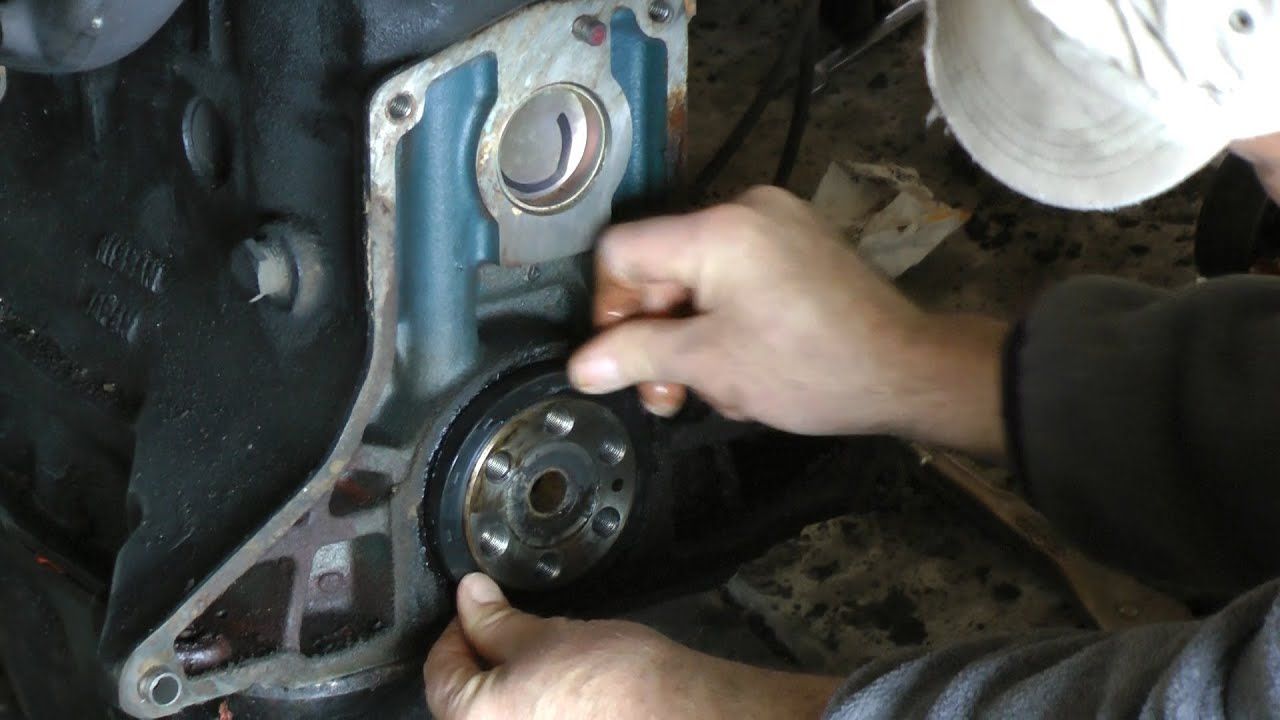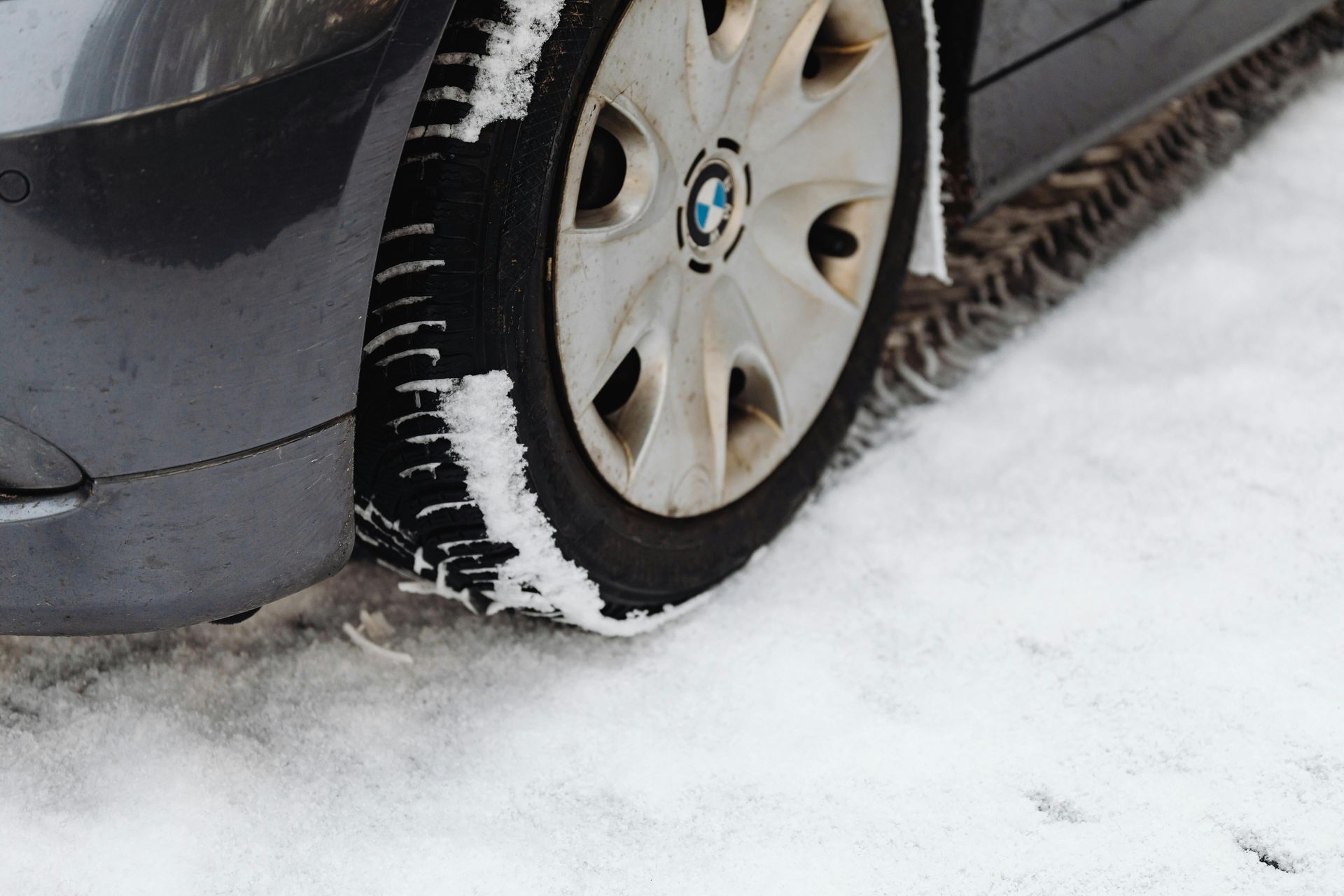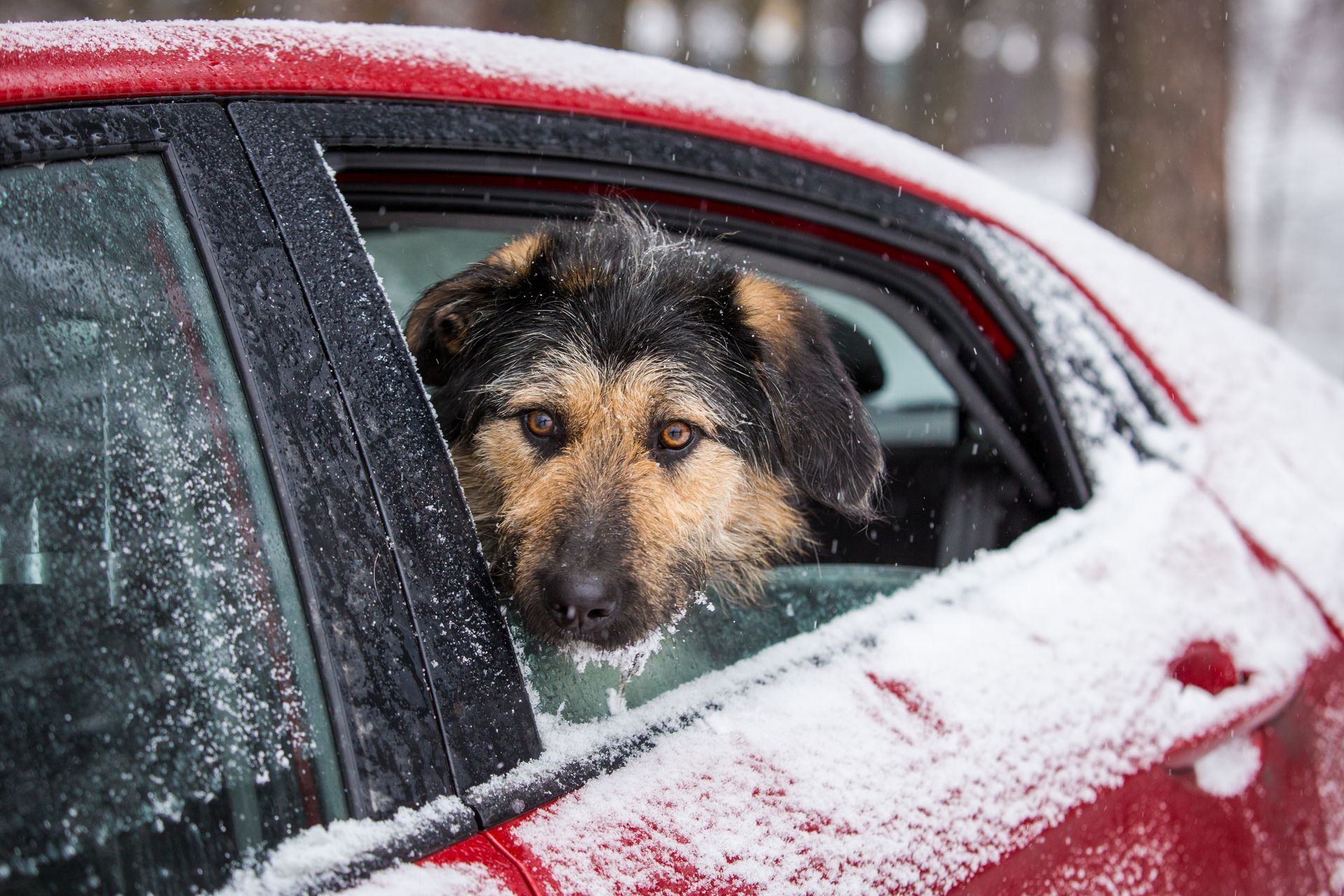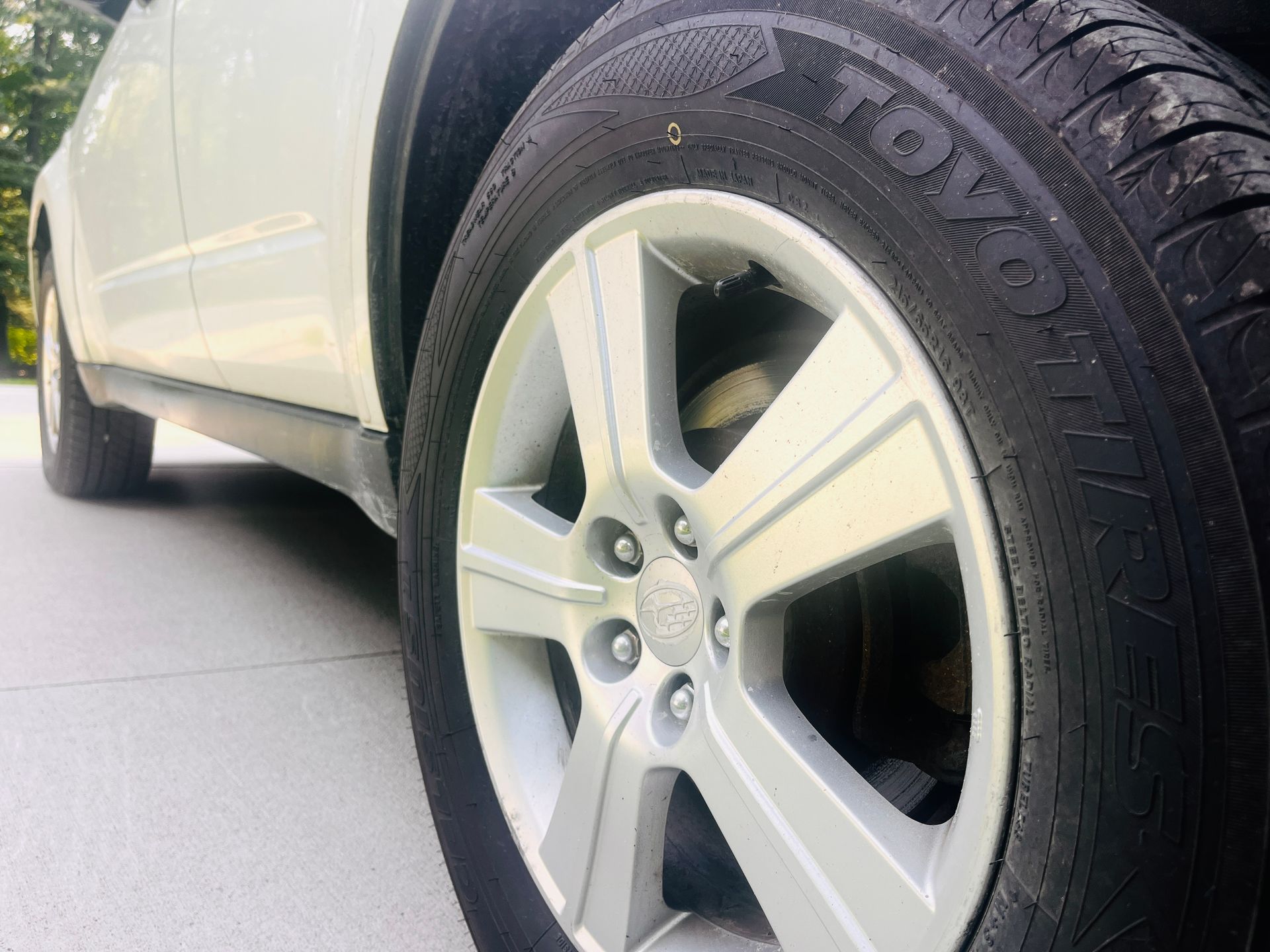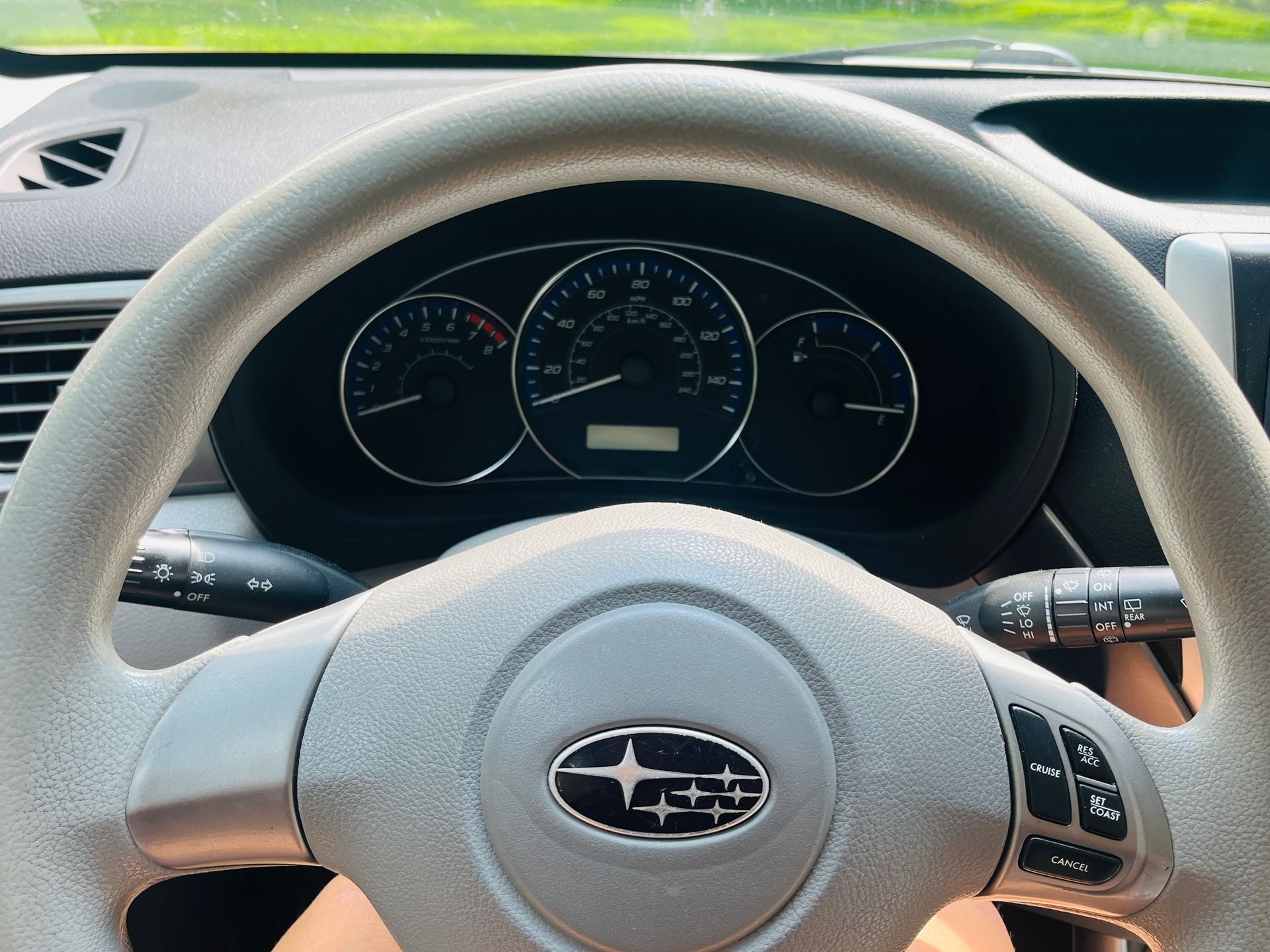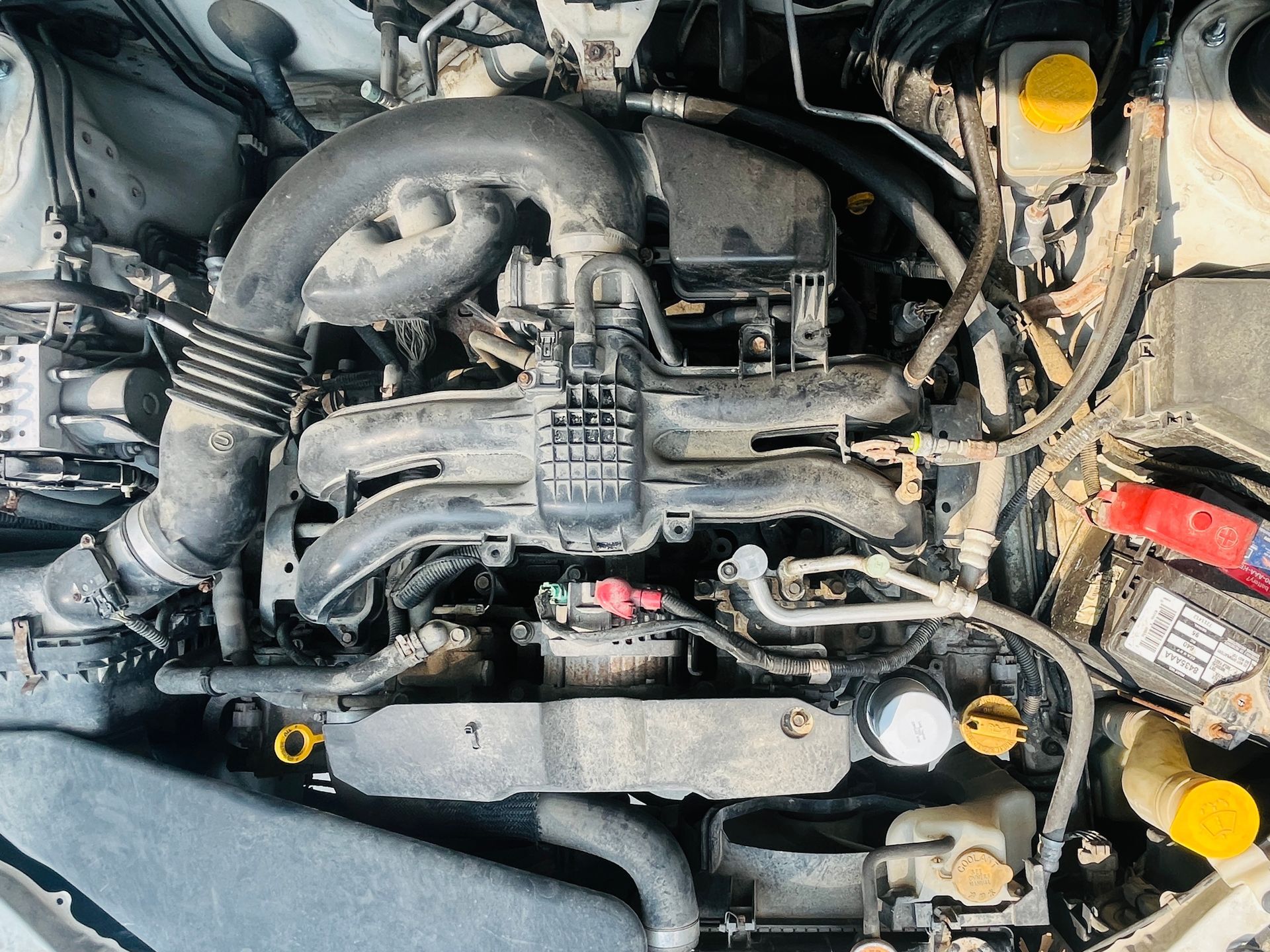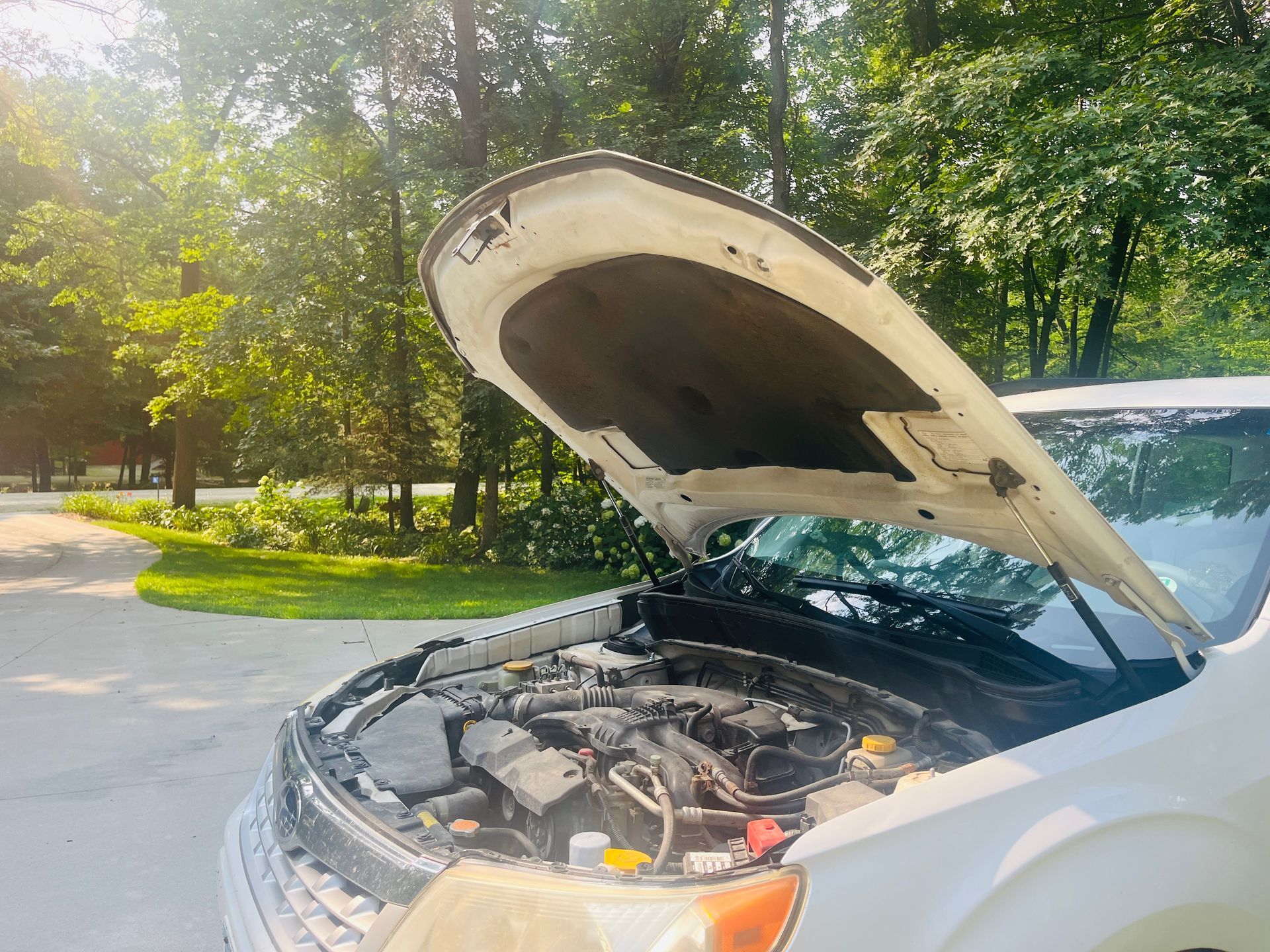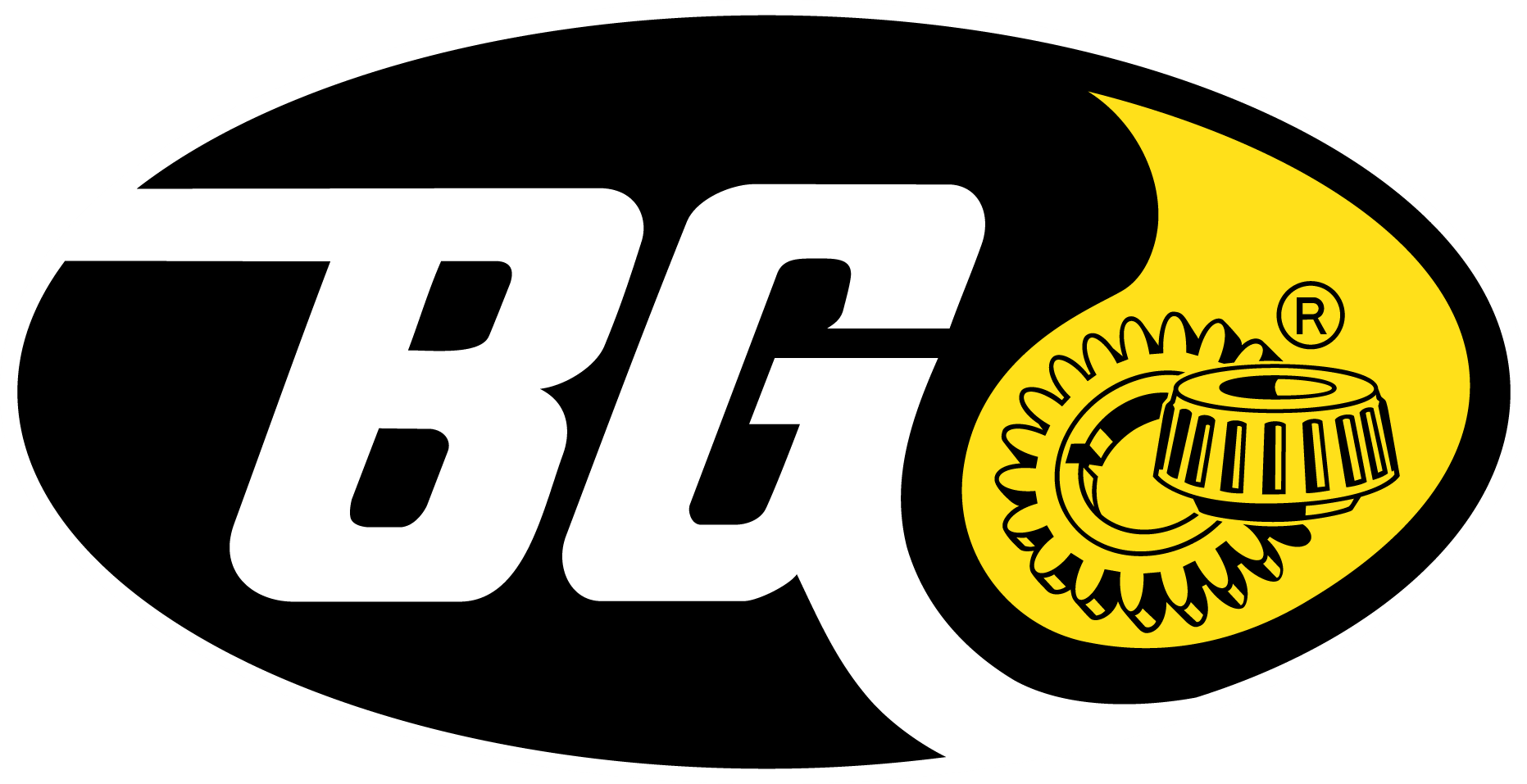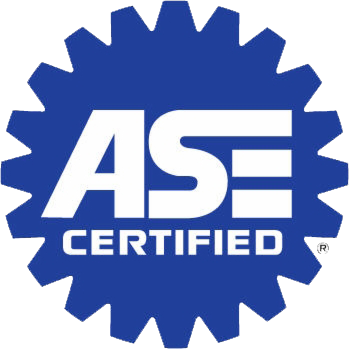Call us: (507) 226-8330
Prep for winter with the right "boots"
November 1, 2012
Would you shovel your driveway in your dress shoes? Have you tried shoveling in inappropriate shoes before? I have. I actually thought to myself a few winters ago: "Self, it's not going to take you very long, just slip on some Crocs over your thick socks and go shovel." That was a mistake! I took a tumble at one point and the whole adventure took twice as long as it should have. But I was too stubborn to take time to go back in to put boots on.
If it's not a good idea to shovel with shoes meant for summertime, doesn't it seem like a bad idea to drive your vehicle with bald tires? In fact, that would almost be like driving over snow on roller skates! Sure, it sounds like fun for entertainment in an empty parking lot, but it's totally unsafe for normal driving. Don't delay - being sure you have good tires is the first step to getting your vehicle ready for winter.
Do you really want to start thinking about winter in November? Probably not. But I think since local stores started putting Christmas decorations out a couple weeks ago, it's time to start thinking about what is ahead.
What do your tires look like? When is the last time you had them evaluated for tread depth, wear and proper air pressure? When did you last buy a set? Have you ever considered buying winter tires? When's the last time you had them rotated? And how is your alignment? Thinking about these questions before winter hits will perhaps be the best insurance you have for avoiding unsafe driving and getting better gas mileage.
WINTER OR ALL SEASON TIRES?
Would you wear your sandals in the winter? Why not? They don't provide warmth and they don't have good traction, right? Shoes help you get from one place to another and you tend to change them depending on the weather. Likewise, it is smart to do the same with tires. Winter tires are designed to deliver safety and control in snow, ice and cold weather conditions.
It is a common myth that all-season tires can deliver this same performance. Certainly, good all-season tires can get you through the winter just like a good pair of tennis shoes can be used in all conditions. But isn't it always best to have a pair of boots with good traction if you are outside in the winter? Think of winter tires as a pair of snow boots - it's the best case scenario.
WHY ARE WINTER TIRES BETTER?
Winter tires have special rubber compounds designed to improve traction, handling and braking in all cold weather conditions, not just snow and ice. These special compounds allow the tires to retain flexibility in even the coldest conditions. The rubber composition is also softer which increases traction without increasing noise.
Winter tires also have tread designs dedicated to improving snow and ice traction while maintaining a comfortable ride and excellent dry traction. This is attributed to the wider circumferential grooves, which expel snow and slush and drain water efficiently, and the smaller shoulder grooves that increase snow and ice traction without sacrificing dry handling. Additionally, winter tires have special lug and groove shapes that allow more snow to be packed into the tread and then expelled better as the tire rotates. They have multifaceted sipe designs (the little slits in the tread surface) that help cut through water and slush so the tread can make better contact with the road.
All-season tires are "averaged" to deliver good wear and traction in all conditions. Because the make-up of the rubber is not like that of winter tires, the rubber begins to harden and lose traction in temperatures below 45 degrees F. Less aggressive and flatter tread is designed to deliver more highway comfort but tends to pack and not expel snow as effectively as winter tires. Additionally, less siping is used. If you choose this option over winter tires, it's a good idea to have them evaluated for tread depth and wear before winter hits.
SWITCH SEASONALLY?
It's a good idea to do this because the winter tire is designed for winter. You don't want to wear these out during the summer months when a more cost-effective, suitable tire is available. Saving the winter tires for Minnesota winters and using all-season tires during the rest of the season is best.
ARE FOUR TIRES NEEDED?
When you get a new pair of shoes, do you typically get a new one for each foot or just replace the one that is most worn out? You may assume that the two drive wheels are most important and the other two tires just go along for the ride. This is untrue. Today's winter tires have different compounds and designs, as I just mentioned. They deliver 25 to 50 percent more traction in snow and ice and stay pliable in cold weather, allowing for more control even on dry roads in the winter. Using just two new tires on a vehicle creates a traction mismatch that can have serious handling consequences. Using all four will ensure optimum traction and control.
WINTER TIRES NOT IN THE BUDGET?
If winter tires are not an option for you, here are some tips to keep you rolling the best you can while saving gas money. Be sure your tires are rotated regularly - at the same time as every other oil change. Doing this will equalize tread wear and maximize the life of your tires.
Check your tire pressure often. Maintaining proper tire pressure yearlong will produce better gas mileage and the best traction for your tires in any given season. Alignment is also key to the health of your tires. Improper alignment will prematurely wear your tires and/or produce uneven wear.
Good tires are just the beginning of what you should consider as winter is approaching. Don't miss my article next month for more winterizing tips!

